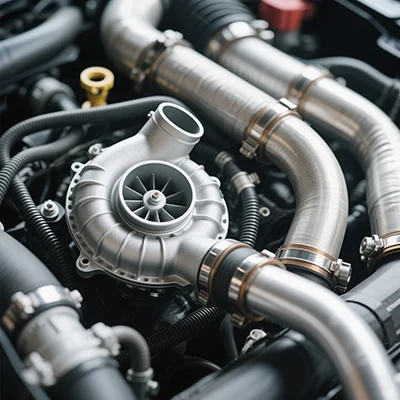The Hidden Costs of Quality: Unpacking the Price of Laser Toner Cartridges
3 min readIn the world of printing, laser toner cartridges often come with a hefty price tag that leaves many consumers scratching their heads. Why are laser toner cartridges so expensive? This question is not merely about the sticker price; it delves into the intricacies of manufacturing, technology, and market dynamics. In this article, we will explore the multifaceted reasons behind the high costs of laser toner cartridges, providing insights that can help consumers make informed purchasing decisions.
- The Complexity of Manufacturing
One of the primary reasons for the high cost of laser toner cartridges is the complexity involved in their manufacturing process. Unlike inkjet cartridges, which primarily contain liquid ink, laser toner cartridges are filled with a fine powder made from a combination of plastic, carbon black, and other additives. The production of this toner powder requires advanced technology and precision engineering.
The manufacturing process involves several steps, including the creation of the toner particles, the formulation of the toner mix, and the assembly of the cartridge itself. Each of these steps demands specialized equipment and expertise, contributing to the overall cost. Additionally, manufacturers must adhere to strict quality control standards to ensure that the toner performs optimally, further driving up production costs.
- Research and Development Investments
Another significant factor contributing to the high price of laser toner cartridges is the substantial investment in research and development (R&D) by manufacturers. The printing industry is highly competitive, and companies are continually striving to innovate and improve their products. This includes developing new toner formulations that enhance print quality, increase page yield, and reduce environmental impact.
These R&D efforts require significant financial resources, which are ultimately reflected in the price of the cartridges. Consumers benefit from these advancements in technology, but the costs associated with innovation are passed down to the end user.
- Economies of Scale and Market Dynamics
The economics of scale also play a crucial role in the pricing of laser toner cartridges. Major manufacturers produce cartridges in large quantities, which can help lower costs. However, the market for laser printers and their corresponding toner cartridges is relatively niche compared to the broader inkjet market. This limited scale can lead to higher prices, as manufacturers cannot spread their fixed costs over as many units.
Furthermore, the market dynamics of supply and demand significantly influence pricing. When a new laser printer model is released, the corresponding toner cartridges may initially be priced higher due to limited availability. As competition increases and more third-party manufacturers enter the market, prices may eventually stabilize or decrease, but the initial costs can be steep.
- Brand Premium and Proprietary Technology
Brand loyalty and proprietary technology also contribute to the high prices of laser toner cartridges. Major brands like HP, Canon, and Brother often charge a premium for their cartridges, leveraging their reputation for quality and reliability. Consumers may be willing to pay more for these trusted brands, believing that they will receive superior performance and longevity.
Moreover, many manufacturers employ proprietary technologies in their toner cartridges, which can limit compatibility with third-party alternatives. This lack of compatibility can create a captive market, allowing manufacturers to maintain higher prices without fear of competition from generic brands.
- Environmental Considerations
In recent years, environmental concerns have also influenced the pricing of laser toner cartridges. Many manufacturers are now investing in sustainable practices, such as using recycled materials in their cartridges and developing eco-friendly toner formulations. While these initiatives are commendable, they often come with increased production costs that are passed on to consumers.
Additionally, the proper disposal and recycling of used toner cartridges require infrastructure and processes that can be costly to implement. As consumers become more environmentally conscious, manufacturers may raise prices to support these sustainable practices.
Conclusion: Making Informed Choices
Understanding the reasons behind the high costs of laser toner cartridges can empower consumers to make informed purchasing decisions. While the initial investment may seem steep, the quality, performance, and longevity of these cartridges often justify the price. Moreover, consumers should consider the total cost of ownership, which includes factors such as page yield and print quality, rather than focusing solely on the upfront cost.


